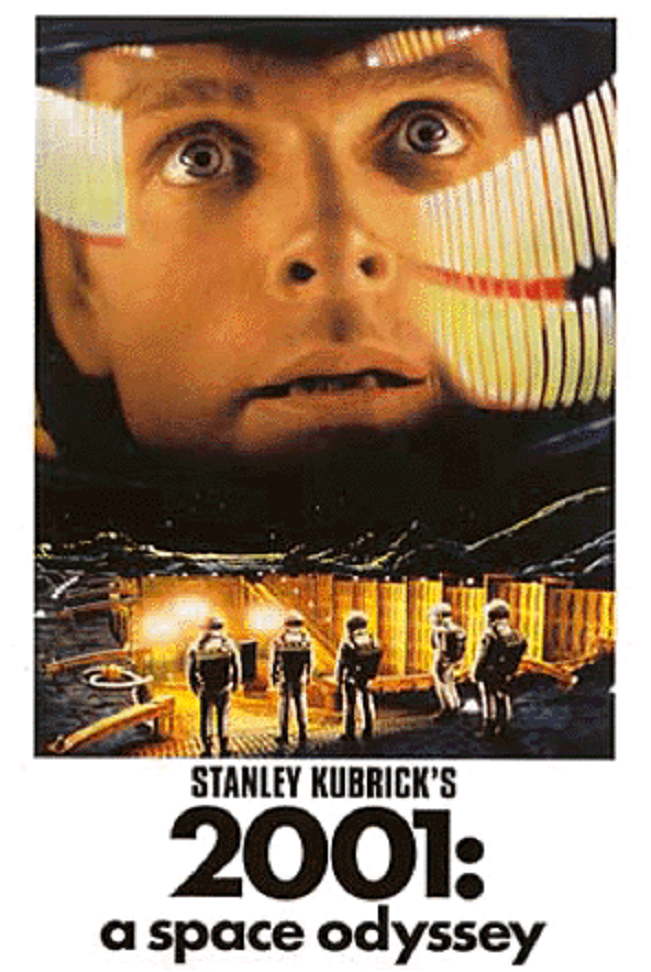Jack Cardiff
Almost universally considered one of the greatest cinematographers of all time, Jack Cardiff was also a notable director. He described his childhood as very happy and his parents as quite loving. They performed in music hall as comedians, so he grew up with the fun that came with their theatrical life in pantomime and vaudeville. His father once worked with Charles Chaplin. His parents did occasional film appearances, and young Jack appeared in some of their films, such as My Son, My Son (1918), at the age of four. He had the lead in Billy's Rose (1922) with his parents playing his character's parents in the film. Jack was a production runner, or what he would call a "general gopher", for The Informer (1929) in which his father appeared. For one scene he was asked by the first assistant cameraman to "follow focus", which he said was his first real brush with photography of any kind, but he claimed that it was the lure of travel that led to him joining a camera department making films in a studio. He had, however, become impressed with the use of light and color in paintings by the age of seven or eight, and described how he watched art directors in theaters painting backdrops setting lights. His friend Ted Moore was also a camera assistant in this period when both worked in a camera department run by Freddie Young, who would also become a legendary cinematographer. He worked for Alfred Hitchcock during the filming of The Skin Game (1931).
By 1936 Cardiff had risen to being a camera operator at Denham Studios when the Technicolor Company hired him on the basis of what he told them in interview about the use of light by master painters. This led to his operating camera for the first Technicolor film shot in Britain, Wings of the Morning (1937). He finally was offered the full position of director of photography by Michael Powell for Stairway to Heaven (1946), ironically working in B&W for the first time in some sequences. His next assignment was on Black Narcissus (1947), where he acknowledged the influence of painters Vermeer and Caravaggio and their use of shadow. He won the Academy Award for best color cinematography for this film. Jack certainly got to travel when it was decided to shoot The African Queen (1951) on location in the Congo. Errol Flynn offered Jack the chance to direct The Story of William Tell (1953) that would star Flynn. It would have been the second film made in CinemaScope had it been completed, but the production ran out of money part way through filming in Switzerland.
It has been said that Marilyn Monroe requested that Jack photograph The Prince and the Showgirl (1957). Although he had already directed some small productions, he had a critical breakthrough with Sons and Lovers (1960). He continued directing other films through the 1960s, including the commercial hit Dark of the Sun (1968), but for the most part returned to working for other directors as a very sought-after cinematographer in the 1970s and beyond. He continued to work into the new century, almost until his death. He was made an OBE in 2000 and received a lifetime achievement award at the 73rd Academy Awards.

